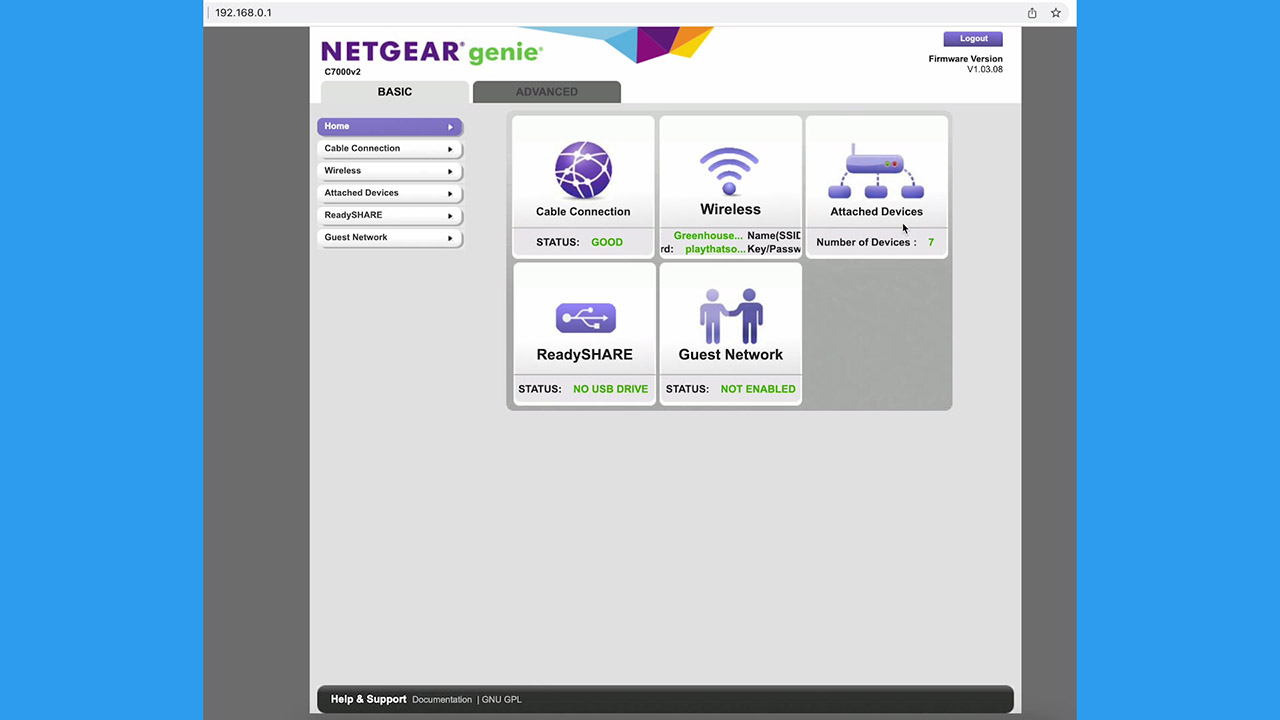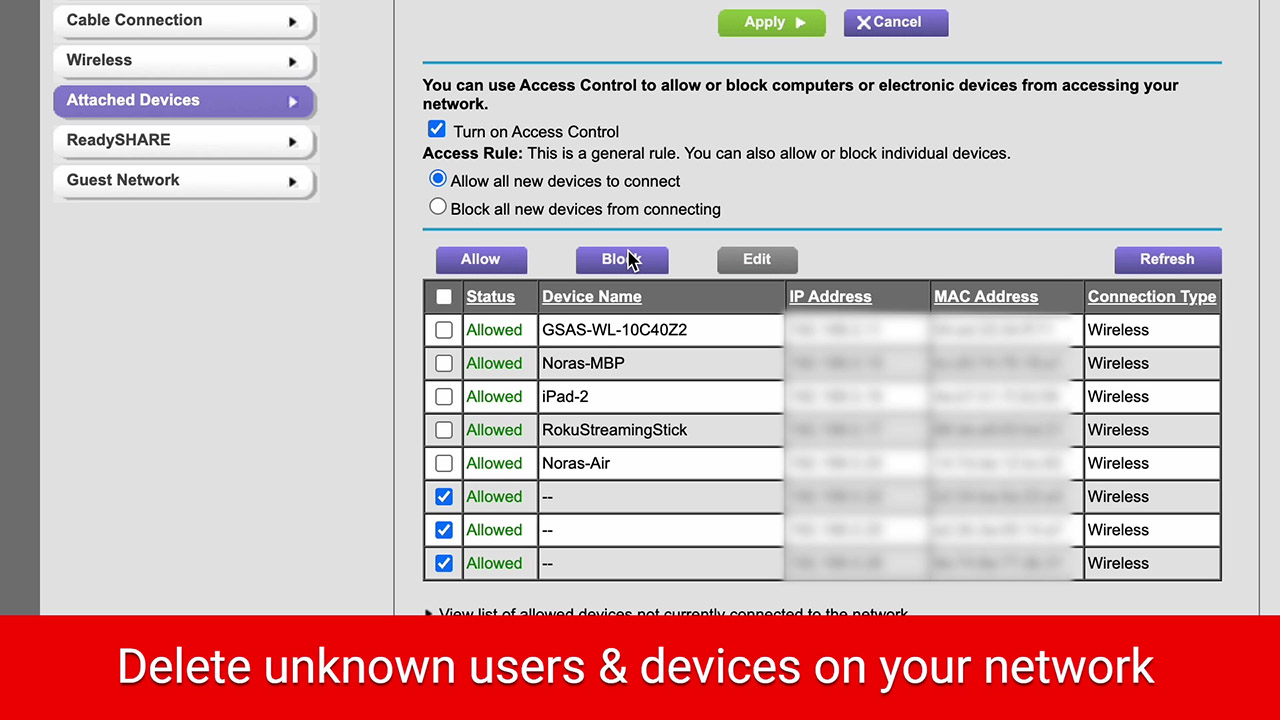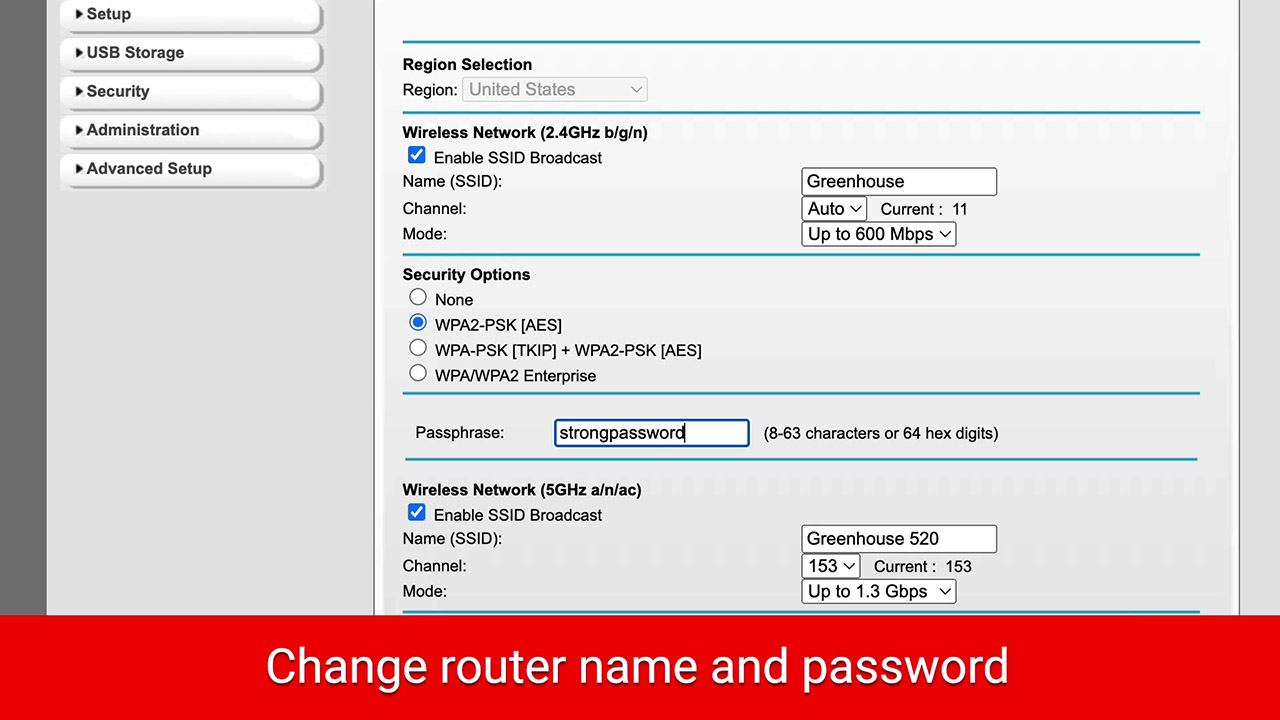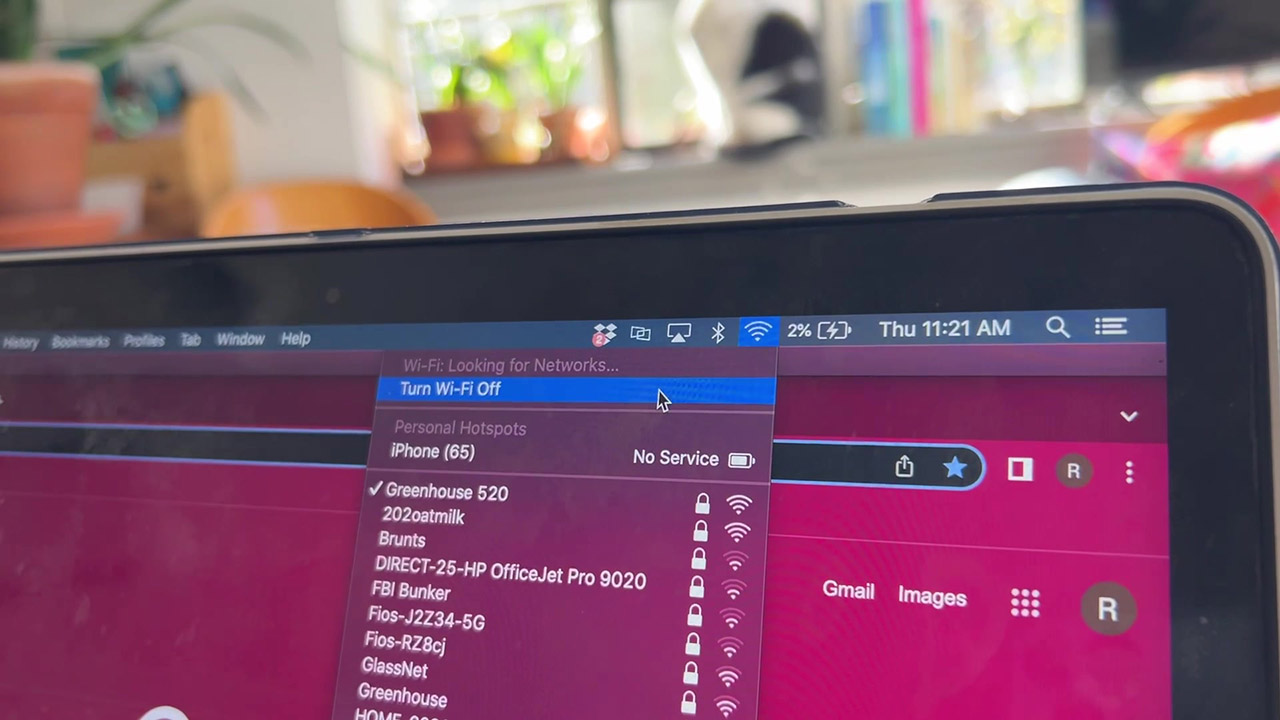Have you noticed your WiFi is slowing down? Or are you worried at all about neighbors or a potential hacker getting into your network to steal your Internet?
Even if your neighbor is just “borrowing” your WiFi, having anyone on your network could be potentially dangerous to you and your privacy. Read on to see how to find out if someone is stealing your Wifi and what to do about it.
GET SECURITY ALERTS, EXPERT TIPS – SIGN UP FOR KURT’S NEWSLETTER – THE CYBERGUY REPORT HERE
Is someone stealing your WiFi?
What are the dangers of someone stealing your internet connection?
No matter how benign it may seem for someone else to be on your WiFi network, it’s not good.
Your connection slows down for every device added. If someone gets into your WiFi network and uses it for streaming, gaming, or anything else that uses a lot of data, your connection is sure to slow even more.
They also may have access to files saved on your devices that are connected to that WiFi, plus more experienced hackers can end up getting into the devices that are on the network. That means the information you input is no longer secure or private.
You are also losing out on the WiFi connection you pay good money for if someone else is stealing that connection.
How to check if someone is on your WiFi
To avoid all of the issues above, be sure to check if someone is on your network.
This first step works out if you don’t have too many devices connected to your WiFi router. If you have 5 or fewer devices on your WiFi, this is a good method. You can do it with more devices, but after following these steps you may have to log back into the WiFi network afterward so the more devices you have connected the longer that might take.
1) Unplug your devices and check the router
First, you can unplug all of the devices you have connected to the WiFi (like an Alexa).
Then turn off WiFi on any others so that you don’t connect to the internet with a plug – like your phone, tablet, and computer.
Then, check your router to see if there’s any activity happening. If you still notice that there are flickering lights, someone is likely on your network.
2) Log into your router and check the activity

You can log in to your network’s app or online IP address to check what devices are connected. If you have a physical router, follow the steps on the back or bottom of it to log in online, and then look at the devices that are on your network.
If you have a traditional router provided by your phone or cable company, you should be able to get to your router’s dashboard by logging in via your computer web browser by entering your local-access IP address into your browser.
How do you find your router’s local-access IP address?
Mac
- Go to System Preferences
- Network
- Advanced
- TCP/ICP
- Get your IP address next to IPv4 Address
Windows
- Press Window key + R
- Type cmd to open the Command Prompt
- In the window, type [ipconfig] and press enter
- Your IP address will be displayed next to IPv4 Address or Default Gateway
Once you get your IP address, type it into your browser and you should be able to log in to your network with your password.
Once you’re logged in, look to see any devices you don’t recognize or ones in different areas than where you and your devices are located, remove them from the network.
Additionally, if you see lots of traffic from an unknown device, it could be a sign that someone is using your WiFI without your consent. Also, check the router logs that your router may be keeping to see if there are any connections from unknown devices.
3) Use an app to detect devices on your network

You can use WiFi Guard, one of the many apps to check a full list of connected devices to your network. This is similar to checking it on your router, it’s just a third-party option that you can use on both iOS and Android devices.
The app will scan your WiFi network and show you the devices sharing it.
How to kick strangers off your WiFi network
So you’ve used any of the above methods and now you want to kick the stranger off your WiFi – how do you do that?
1) Block/ban/delete any unknown users

When following the above steps, you should be able to block, ban, or at the very least delete any unknown devices or users on your WiFi network. After removing them from your network, you should immediately change your WiFi password. Note by doing this, it unfortunately will require you to re-connect all of your devices to your WiFI using the new password.
2) Change your router name/password

You should never have an open WiFi network, so make sure you’ve chosen a strong WiFi name and password so no one can easily guess the login information. You should also be able to do this by logging into your WiFi app/website, or following the login instructions on the back of your router.
Once you change your WiFi name and password, you’ll have to reconnect all your devices, so anyone else without this new login info shouldn’t be able to get back in easily.
3) Update the firmware of your router
Firmware is the software that runs on your router, and it can contain bugs, security flaws, and other issues that can be exploited by hackers to gain unauthorized access to your network. By updating the firmware to the latest version, you can patch these vulnerabilities and ensure that your router is running smoothly and securely.
To update the firmware of your router, you need to follow these steps:
- Check for updates: Check for a new firmware version by visiting the router manufacturer’s website.
- Connect to the router: Connect to your router using a web browser and enter your login information.
- Use the web interface of the router: Look for the section for firmware updates.
- Log in to the interface: Log in to the interface and find the section for firmware updates.
- Find the section for firmware updates: Look for the section for firmware updates.
- Upload the new firmware: Upload the new firmware to your router.
- Start the upgrade: Start the upgrade process.
- Verify the firmware version: Verify that the firmware has been updated to the latest version.
It’s important to note that the exact steps for updating the firmware may vary depending on your router model and manufacturer. You should always check out the user manual or support website for your router to get the most accurate and up-to-date instructions.
4) Upgrade your router
Buying the right router might make a difference in your overall digital security. We’ve rated our Best Secure Routers Picks for the year over here. They all come with at least WPA2 access, which is the minimum level of protection you want when choosing a router.
Related:
- How to stop Amazon from sharing your Internet with neighbors
- How to remove yourself from the Internet



